Bosch dishwasher hums when running
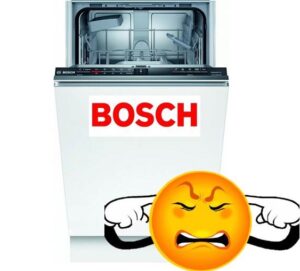 The fact that a Bosch dishwasher hums during operation cannot be considered the norm. Noise when washing indicates a malfunction. It is necessary to begin diagnostics as soon as possible and identify the cause of the extraneous sound. Let’s figure out what details of the PMM to pay attention to first of all in case of such “symptoms”.
The fact that a Bosch dishwasher hums during operation cannot be considered the norm. Noise when washing indicates a malfunction. It is necessary to begin diagnostics as soon as possible and identify the cause of the extraneous sound. Let’s figure out what details of the PMM to pay attention to first of all in case of such “symptoms”.
How does the problem manifest itself?
Noise during washing always indicates a problem with the system. The machine may hum, rattle, grind, or vibrate. In any case, you should not postpone diagnosis until later.
The dishwasher may hum at different stages of the cycle:
- immediately after switching on;
- while washing dishes;
- when collecting water;
- while draining waste liquid into the sewer.
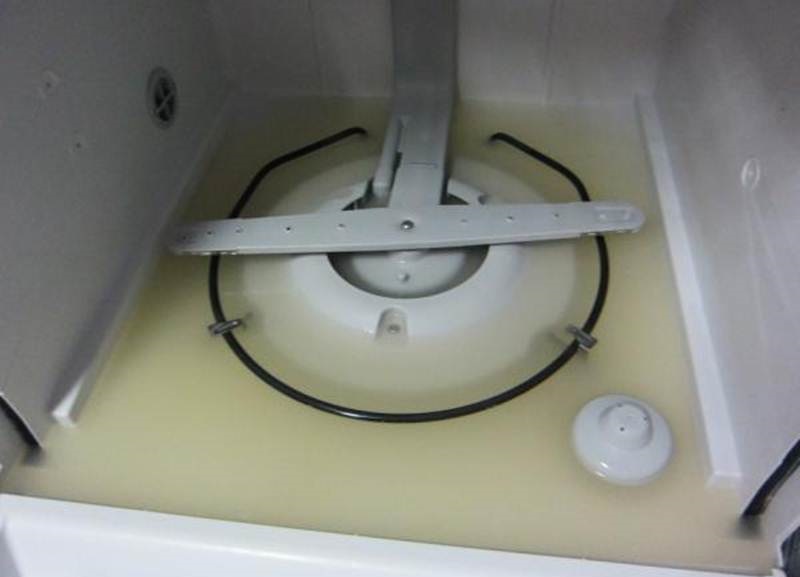
Sometimes the dishwasher may hum without starting to draw water. In any of the situations described, you must turn off the machine and unplug the power cord from the outlet. Next, diagnostics are carried out. You can perform the check yourself or seek help from a specialist.
How to find the source of noise?
Before you try to figure out the cause of the noise yourself, you need to study what parts the device consists of. Read the instructions for the dishwasher - it describes its structure. You need to carry out diagnostics from simple to complex, eliminating one possible breakdown after another.
Sometimes noise during PMM operation occurs due to increased pressure in the water supply system, then the machine has nothing to do with it.
Diagnosis should begin with the most innocuous reasons. First of all, the following is checked:
- pressure in the water pipe;
- Are the washing chamber filters clogged?
If the pressure in the pipes is too high, you just need to wait until it drops to normal values. Then the pressure switch will begin to work adequately. If the filter elements are clogged, they must be cleaned and replaced.
Also often the cause of noise when the dishwasher is operating is a faulty circulation pump. In this case, the machine hums throughout the entire cycle. The element must be dismantled and inspected. If damaged, the part will need to be replaced.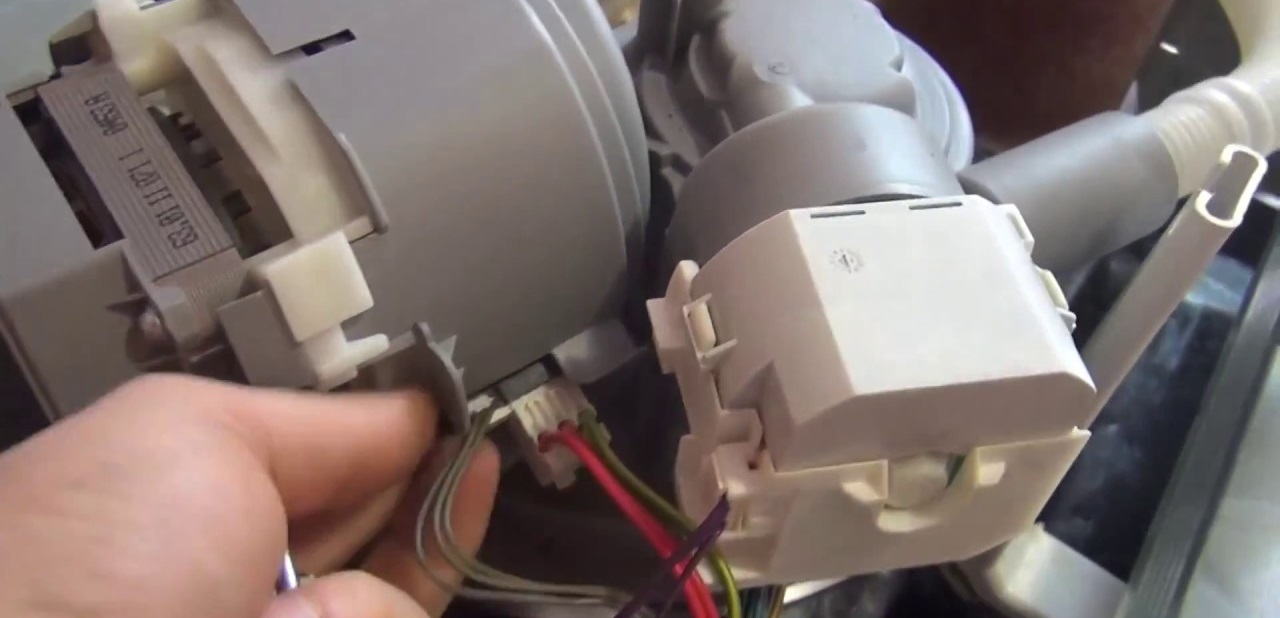
If the machine begins to make a lot of noise precisely at the stage of draining the waste liquid, it is probably the pump. You need to remove the pump and check it with a multimeter. A burnt-out element cannot be repaired and will need to be replaced.
Checking and cleaning moving parts
First, make sure that the dishwasher is level, the cutlery in the baskets is placed correctly, and nothing interferes with the rotation of the rocker arm. This can also provoke extraneous grinding and vibrations. If everything is fine, proceed to inspect and clean the moving elements of the PMM. We are talking about sprinklers, O-rings, filters.
Open the dishwasher door and remove everything from the cooking compartment. Kitchen utensils, if any, baskets for dishes. Afterwards, remove the upper spray arm, seal and clean the elements from debris.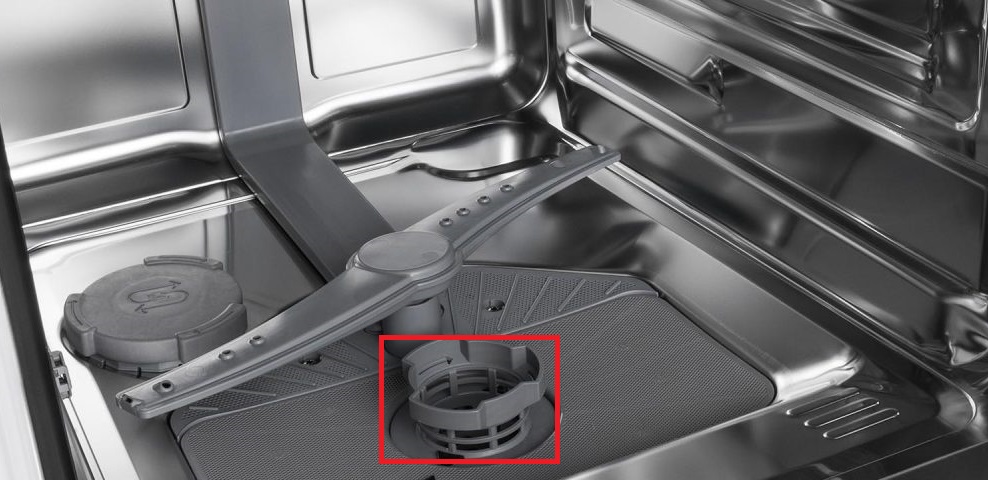
Then you need to disconnect the lower sprinkler and clean it as well. Next, unscrew and wash the garbage filter in warm water. Dirt most often collects in these parts, so they need to be given attention periodically.
To prevent clogging of the spray arms and filters, always remove food debris from dishes before loading them into the machine. Make sure there are no tea bags left in the mugs.These simple measures will help you avoid many problems with your dishwasher.
Something happened to the main pump
If cleaning the moving elements does not help, you will have to move on. In approximately 50% of cases, noise during washing occurs due to an incorrectly functioning circulation pump. Moreover, it is usually a matter of a small support bearing, in the form of a ring, which is made of a graphite-based material.
The support bearing, with daily use of a Bosch dishwasher, wears out on average in 2-3 years.
This part is classified as “consumables”. The graphite ring wears out quite quickly and requires replacement. Moreover, the newer the PMM Bosch model, the sooner the support bearing becomes unusable.
At first, production does not have any effect on the operation of the circulation pump. Further, the bearing wears out more and more, and the pump begins to hum obnoxiously. You can fix the damage yourself. The algorithm of actions will be as follows:
- turn off the power to the dishwasher;
- disconnect the machine from communications;
- pull out the machine so that it is convenient to work with it;
- lay the “home assistant” on her side;
- remove the dishwasher tray;
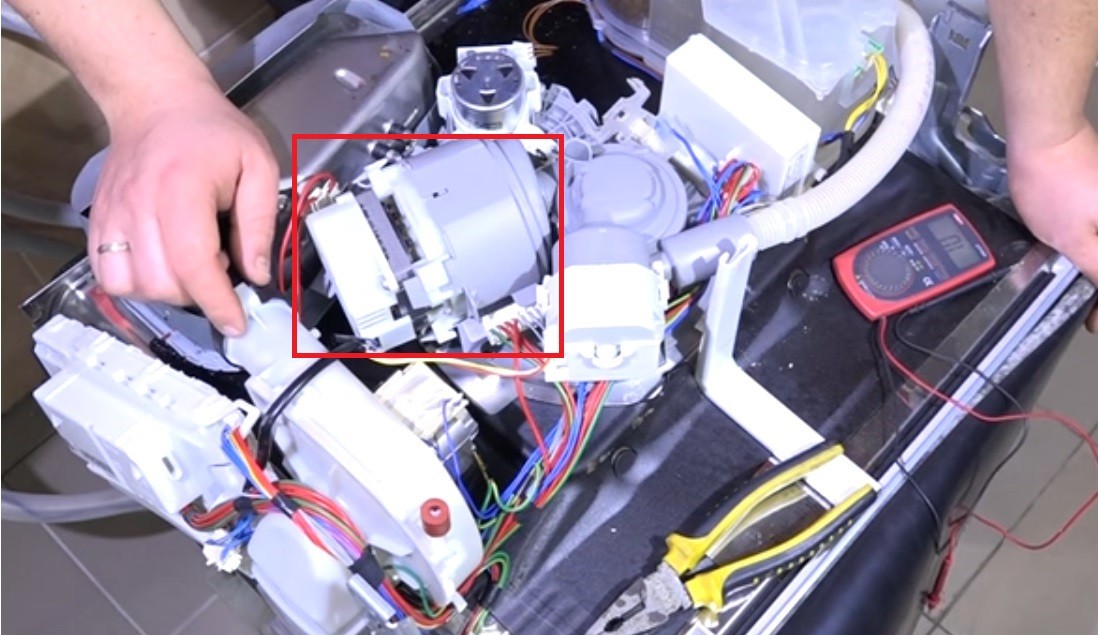
- find the circulation pump;
- disconnect the wires and pipes from the pump;
- remove the pump from the machine.
Next, you need to disassemble the circulation pump. First of all, disconnect the block with the heater from the electric motor. The element is difficult to remove, so do everything carefully so as not to damage anything.
Then disconnect the impeller and remove the armature with pliers. At the base of the armature is the “culprit” – the rear graphite bearing. The support ring is pulled out using tweezers. Under it there is a rubber seal, which also needs to be inspected for wear and other defects.
If the rubber gasket is intact, you can leave it. The support bearing will have to be replaced. A new part is purchased for a specific Bosch dishwasher.
Many craftsmen refuse to change the rear support bearing, since it is quite difficult to get the part. Specialists bore the ring, thereby temporarily returning it to its former performance. After such repairs, the machine will work for another 1-2 years, but then it will start humming again.
Therefore, it is better not to resort to bearing restoration, but to immediately change the element. Afterwards, the pump is assembled in the reverse order and fixed in the dishwasher body. Then you need to run a test cycle and observe the operation of the PMM.
Drain pump
After the circulation pump, the dishwasher drain pump is next in line for inspection. This type of malfunction is much less common, but still occurs. It is not difficult to understand that the problem is in an element of the drainage system, because the machine begins to make noise at a certain stage of operation.
If the dishwasher hums and makes noise exclusively when draining water, then in 99% of cases the problem is in the drain pump.
To check, the drain pump must be removed from the PMM housing. That's why:
- empty the machine by removing the dish baskets and cutlery tray;
- turn off the power to the dishwasher, disconnect it from the water supply and sewerage;
- wipe off any remaining water in the washing chamber with a dry cloth;
- lay the PMM on its side;
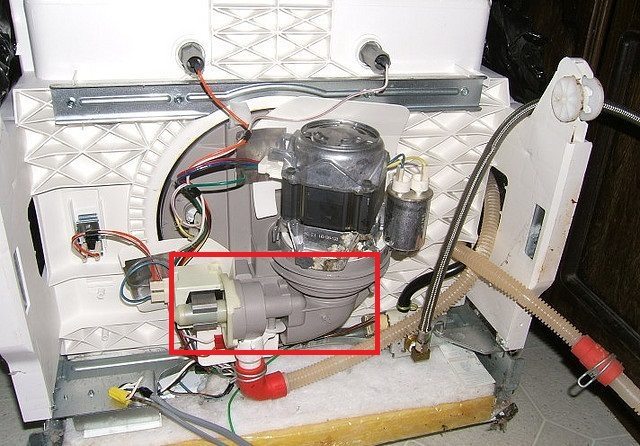
- remove the machine tray;
- unhook the drain pipe from the pump, loosening the clamps;
- disconnect the wiring from the pump;
- Unscrew the screws holding the pump;
- remove the pump from the PMM housing (do this carefully so as not to damage the sealing gasket).
Then you need to start disassembling the drain pump. Pay special attention to the impeller.If the blades are deformed, the part will have to be replaced. However, it will be much easier to install a new sump pump. It's inexpensive, so you don't have to worry about how to repair it.
You can buy a pump in a specialized store. Be sure to look at the model of your Bosch PMM. After installing the new drain pump, reassemble the dishwasher in reverse order. Next, run the test cycle. The hum should stop.
Interesting:
Reader comments
- Share your opinion - leave a comment




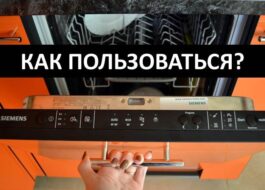
















Add a comment